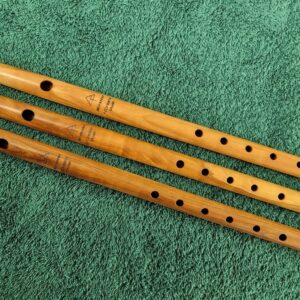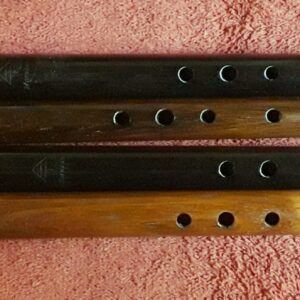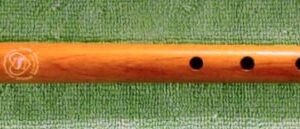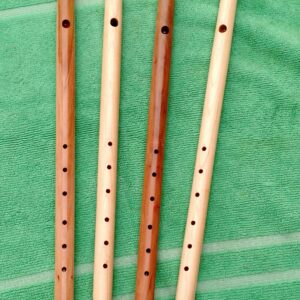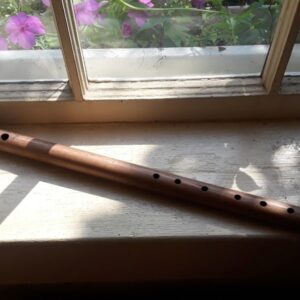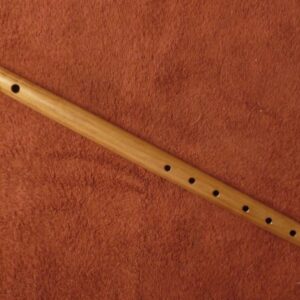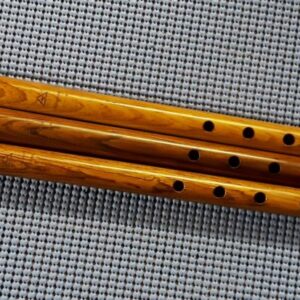Historical Fifes
Historical Models
The fife dates back, as far as we have been able to ascertain, to Europe around the 12th century. That is not very clear, for it is a form of flute and flutes of varying forms are much, much older. But the fife as distinct from the transverse (or horizontally held) flute certainly comes about around that time. It is, in essence, what might be termed a “tabor pipe with benefits”; it consisted of a tube, almost always of wood, with a very tight bore meant to sacrifice the tone and volume of the lowest register to favour the second and third registers which, when played, carry quite the distance and could be heard over other, loud instruments such as its traditional association with the side or field drum. Its obvious application was for martial use in providing recognizable tunes in company with the drum for military “camp duties” and specific “calls” during battle wherein troops could hear the commands without necessarily seeing the commander… Serving the purpose of radio communication, as it were. But it also was known for folk dance music as well as work accompaniment music much like the pipe and tabor and can actually still be found in this capacity in some remote villages throughout western Europe. As the transverse flute began to evolve, so too the fife which eventually became the piccolo, the instrument of choice in fife and drum music cultures such as for the Swiss Fasnacht. In fact when performing on any fife one might benefit from regarding it more as a piccolo than a flute.
For your amusement, although copyrighted and not for general public re-use. – YE ART OF YE FYFE
The traditional fife is an example of an instrument still reflecting the varying pitches of the 18th and 19th centuries… You might do yourself a service to read this. In the 18th century, it appears that most Anglo-American fifes were actually in the pitch of nominal C, with some lower pitches available but less common and more for parade and/or “pleasure” performances. French, German, Spanish, Dutch, Italian fifes appear to generally be in the pitch of nominally D, rising to a D# in today’s European fife culture. There are certainly exceptions to this, but the common use of Bb in Britain and America is really more of a 19th century development. You can read a source for some of this here, but also please do look at my page on “Fife tuning and pitch“.
Corps Discount for sets purchased – Please inquire!
MusiqueMorneaux@gmail.com or 860.749.8514
<> Gilles Graimont, Paris, France
-
1815 N’Orleans Model Fife
Price range: $200.00 through $250.00 Select options This product has multiple variants. The options may be chosen on the product page -
Cloos Model Fife
Price range: $250.00 through $350.00 Select options This product has multiple variants. The options may be chosen on the product page -
French fife 1790 model
Price range: $200.00 through $300.00 Select options This product has multiple variants. The options may be chosen on the product page -
Ralph G Sweet Colonial Model
Price range: $150.00 through $220.00 Select options This product has multiple variants. The options may be chosen on the product page -
The Callender 1787 Model fife
Price range: $200.00 through $450.00 Select options This product has multiple variants. The options may be chosen on the product page -
The Dillon/Cahusac Model Fife
Price range: $200.00 through $450.00 Select options This product has multiple variants. The options may be chosen on the product page -
Williamsburg Pitch Fife
Price range: $200.00 through $230.00 Select options This product has multiple variants. The options may be chosen on the product page
Showing all 9 results

